#circa 1875
Text
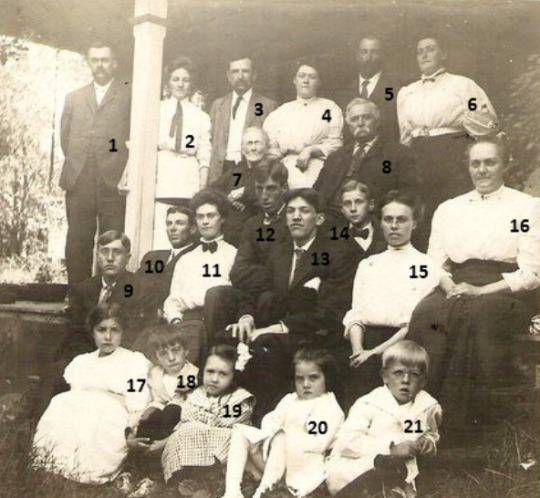
One photograph tells more of the story of the Packards than anything else. The photograph is courtesy of Find a Grave user Jack Vander-Schrier.
The photograph shows what the “Barnabas Packard family,” as Vander-Schrier puts it, around 1875, living in Cameron, Missouri. It has been numbered as to help future genealogists determine who the individuals are in this picture. Based on the photograph of Charles Edwin on page 70, it is clear that number 8 is him. He was a cashier at the Farmers Bank in Cameron, Missouri, and later a banker, reportedly. The rest of those in the photograph are unknowns. However, numbers 1 and 2, 3 and 4, 5 and 6, seem like couples based on the way they are standing. One of these couples is Roswell Clifford and Ellanora (1842-1895), while another is Patty and Charles Ford (1822-1914) (also a banker), and the last is Ossmus and Sophia H. Dean. Possibly Araminta Aminta Utter is number 16, although this cannot be confirmed. Somewhere in numbers 9-14, 17-21 are Araminta and Charles’s child Clark, but not Eva since she was born in 1876, unlike Clark who was born in 1873.
The same goes for Ossmus and Sophia’s child, Herbert Melvin (1867-1935). All of these children have the last name of Packard. Basing it on the photo, earlier in this chapter, number 7 is Ruth Snow. Number 16 may be the wife of the person occupying that house. Other women, such as Herbert’s wife, Mary Francis, are likely in the photograph as well. The same is undoubtedly the case for Roswell and Ellanora’s children: Emma E (b. 1870), George C (b. 1873), Leonard C (b. 1875), Etta B (b. 1877), E Edwin (b. 1880), and Jennie S (b. 1882), the first three of which were likely in the photo. It is also the case for Patty and Charles’s children named Pearl, Arthur, Sarah Jane (1844-1898), Henry Edsel (1847-1902), and Cora Ann (1855-1918) who married George Thomas Howser (1855-1936). If you add up all of the people noted in this paragraph, it adds up to 21. Solving the mystery of who is who in this old photograph would require identifying all these individuals rather than using educated guesses. Still, it adds more to the Packard family story.
Originally shared on this blog in Oct. 2022.
#circa 1875#packard#packard family#photos#black and white photography#black and white#family history#ancestry#guesses#genealogy#family stories
1 note
·
View note
Text

submitted by @edwardian-girl-next-door 💚🤍
yes there’s a green dress here, let’s talk about it
#historical fashion poll submission#historical fashion polls#fashion poll#historical dress#historical fashion#dress history#fashion history#fashion plate#19th century#19th century fashion#19th century dress#mid 19th century#late 19th century#1870s dress#1870s fashion#circa 1870#1870s#1875
59 notes
·
View notes
Text

Daily O’Brien - 03/10 Miles “The Mummy” O’Brien
#star trek#ds9#miles o'brien#daily o'brien#stupid#drawing#deep space nine#inktober#art#cartoon#the mummy#scary#oooohhh#look out British archaeologists circa 1875
5 notes
·
View notes
Text

Potpourri (circa 1875) by Mintons.
Bone china.
Image and text information courtesy The Met.
376 notes
·
View notes
Text

Jeune Orientale, circa 1875
Paul Désiré Trouillebert
#Paul Désiré Trouillebert#orientalism#jewelry#art#painting#art history#fashion#portrait#fashion history#red#drip too hard#1870s#19th century#french art
227 notes
·
View notes
Text
Giulio Bargellini, 1875/1936
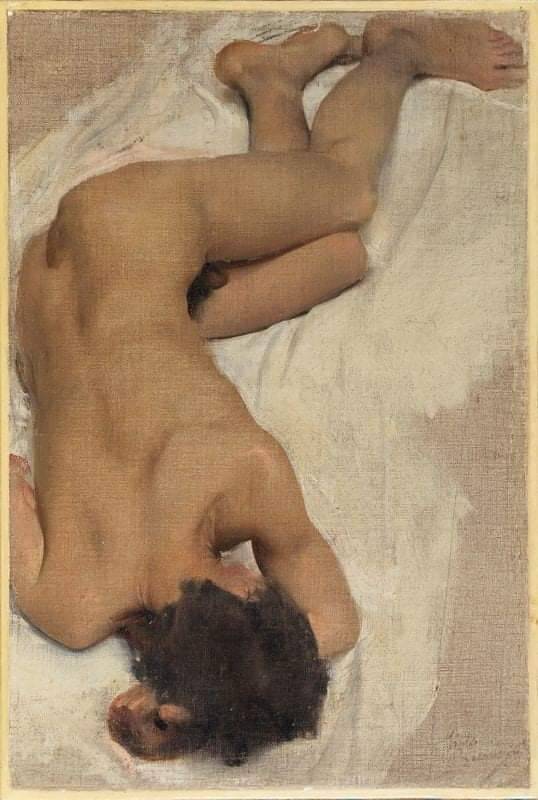
Study of a reclining nude circa 1900.
75 notes
·
View notes
Photo

The Cemetery Entrance by Caspar David Friedrich, circa 1875
1K notes
·
View notes
Text

Half an oyster shell demonstrating pearl shell button manufacture, circa 1875-1885
This object is part of a collection which illustrates how pearl shell was made into pearl buttons in Sydney in the 1930s. The display was given to the Museum by The Pearlbutton Manufacturing Company of Foster Street, Sydney, in 1933.
Pearl divers in places such as Thursday Island, Broome and Port Darwin harvested the Golden Lip pearl shell, (Pinctada maxima), from which the buttons were made. The shell was shipped to the Sydney factory for production. After cutting the button shaped pieces from the shell, the 'blanks' were then split to an even thickness, an operation performed by hand and one requiring considerable judgement and skill.
Buttons made from pearl shell were valued because they were durable and retained their lustre unaffected by washing. After World War II, plastics replaced pearl shell as the preferred material for buttons.
The Torres Strait supplied over half the world demand for pearl shell in the 1890s. In addition to buttons, pearl shell was used for cutlery, hair combs, jewellery, decorative objects and inlay for furniture. The Powerhouse Museum collection includes a variety of objects made from pearl shell.
#oyster shell#pearl shell button manufacture#pearl shell buttons#button manufacture#pearl shell#industrial design#object design
322 notes
·
View notes
Text

AUSTRIAN SILVER-GILT AND ENAMEL MOUNTED ROCK CRYSTAL CUP
VIENNA, CIRCA 1875
60 notes
·
View notes
Text

AN EXCEPTIONAL FOLDING KNIFE DISPLAY FOR EXHBITION OR SHOWROOM USE, CIRCA 1875-85
with German silver-mounted iron body encased in mother-of-pearl over dark horn plaques, all divided by brass fillets and retained by rivets over brass foliate washers, comprising a large central scalloped boss engraved on each face with elaborate scrolls of foliage enclosing a central flowerhead, with eight equally spaced projections around its circumference with ram’s horn terminal, fitted in each case with a knife formed of a pair of addorsed scrolls, with fourteen folding blades at the outer terminal and the inner with a short stout chisel-head locking into the main body.
Olympia Auctions
131 notes
·
View notes
Text

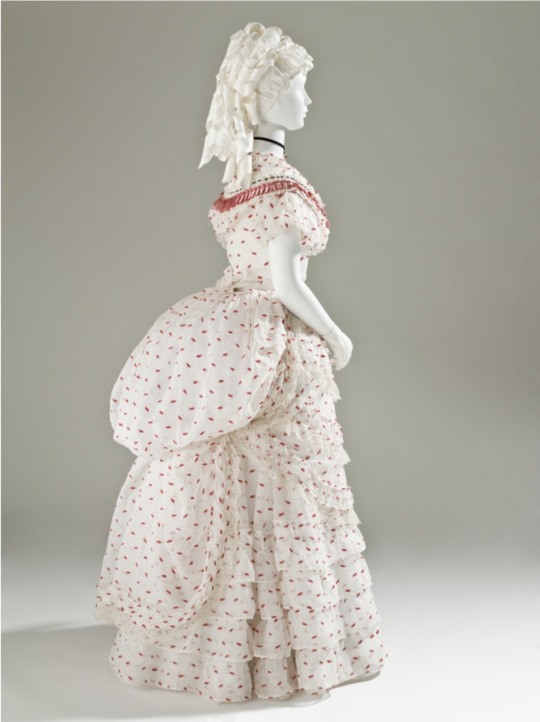
Woman's Dress Ensemble
England, circa 1875
Cotton plain weave with wool supplementary patterning, silk satin ribbon, and cotton machine lace
#historical fashion#fashion history#1870s fashion#victorian fashion#19th century fashion#19th century#bustle era fashion
170 notes
·
View notes
Text
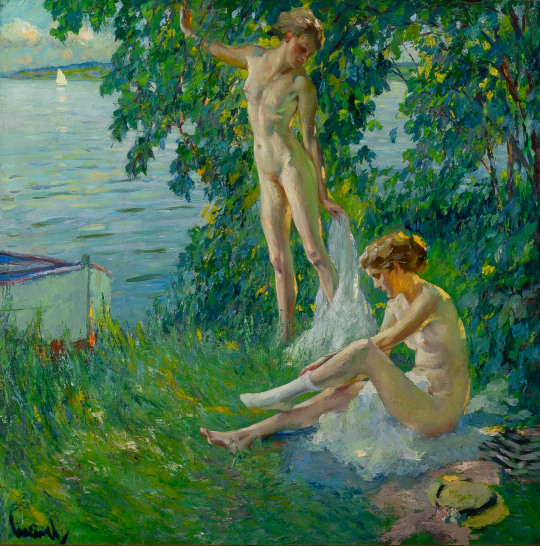
Edward Cucuel (Edward Alfred Cucuel) (American, 1875 - 1954) - Two Bathers, circa 1935-1940
picture resolution 1977 × 2000
More by #edward cucuel enjoypaitings
49 notes
·
View notes
Text
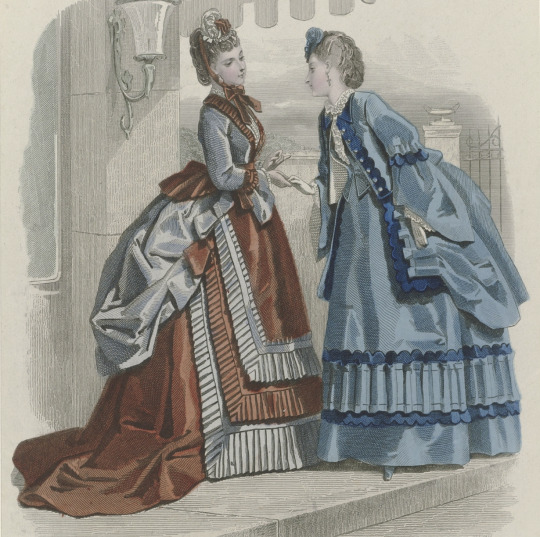
#historical fashion polls#fashion poll#historical dress#historical fashion#dress history#fashion history#fashion plate#19th century#19th century fashion#19th century dress#late 19th century#1870s dress#1870s fashion#circa 1870#1870s#1875
41 notes
·
View notes
Text
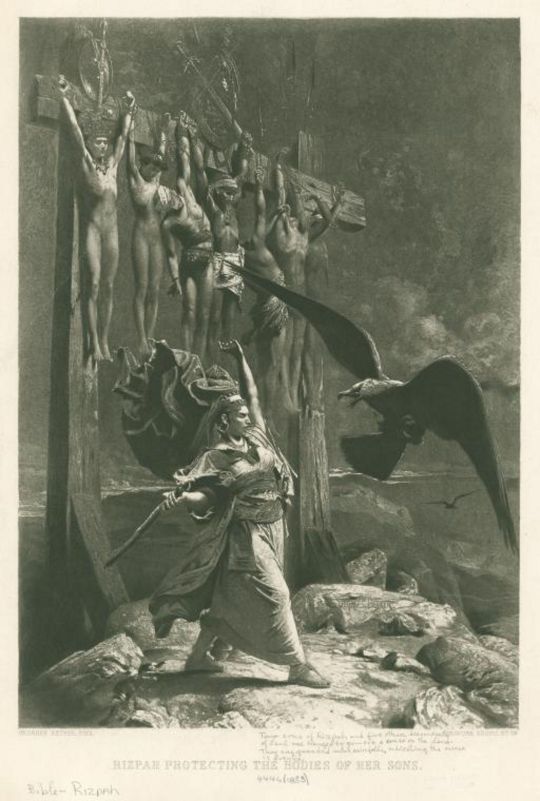
Georges Becker - Rizpah Protecting the Bodies of Her Sons, circa 1875.
#Georges Becker#Rizpah Protecting the Bodies of Her Sons#crucifixion#hanging#martyrdom#murder#dead#death#mourning#alone#on the edge of a cliff
56 notes
·
View notes
Photo
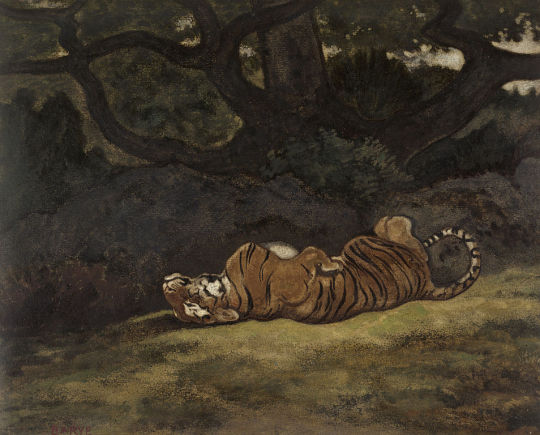
Tiger Rolling (between circa 1850 and circa 1869) by Antoine-Louis Barye (1795–1875).
Watercolour.
Walters Art Museum
Wikimedia.
403 notes
·
View notes
Text
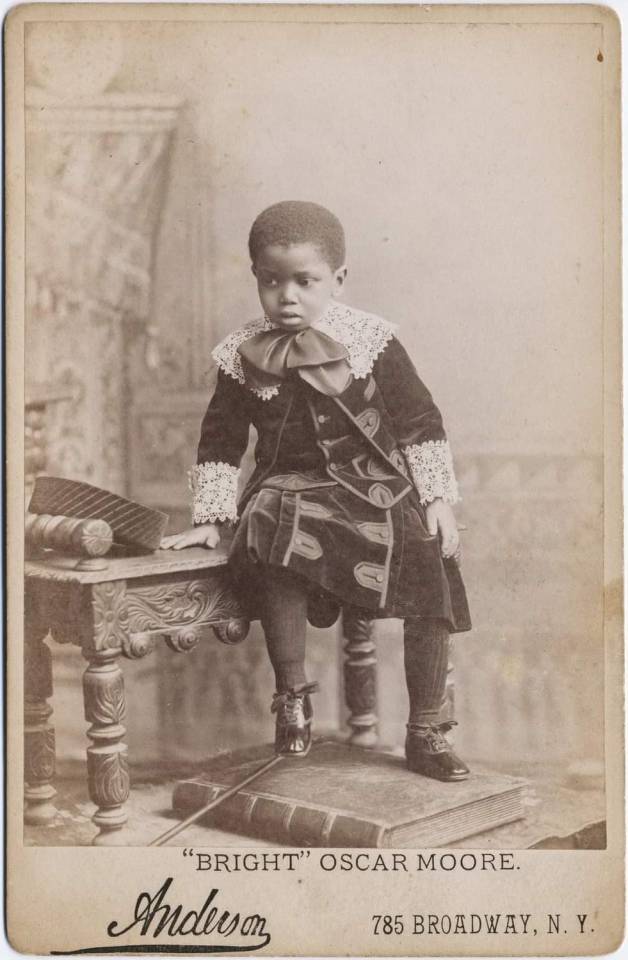
Oscar Moore, young boy in velvet suit and elaborate lace collar and cuffs, circa 1875.
The subject was a prodigy who toured and performed feats of memory or mathematics.
Via Yale University Library
65 notes
·
View notes